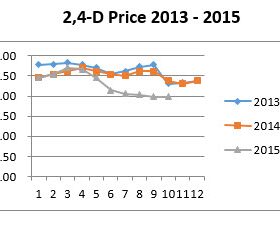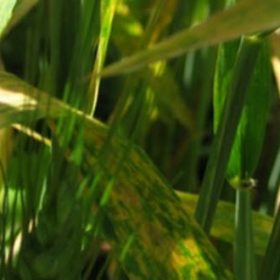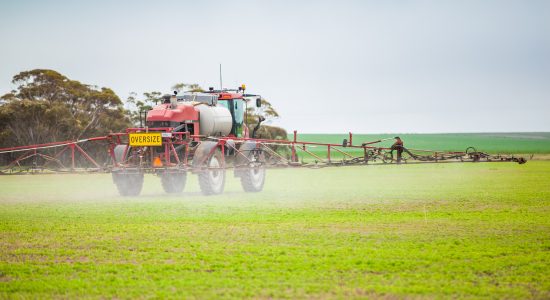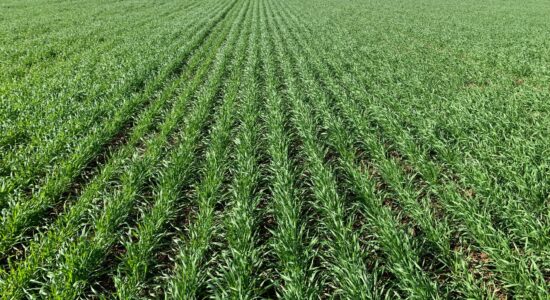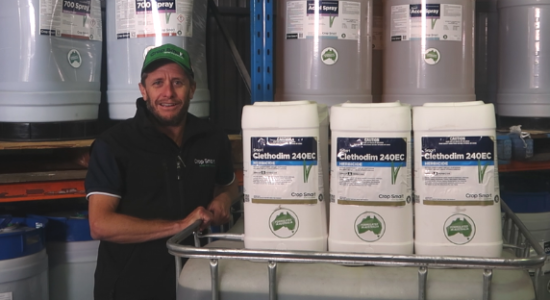
Return on Investment from Summer Spraying
Summer spraying has become an integral part of most farming operations over the last decade. The increases in yield and financial gains are well documented, but summer spraying also brings about other benefits which are harder to measure but can increase productivity and efficiency.
The most direct benefit from summer spraying is increasing grain yield through conservation of water by removing weeds in the fallow period. This stored water is used later in the season when plant roots are developed enough to access the moisture deep in the profile. The timing of this means the water is being used later in the growing season, often in the lead up to or during grain fill which is why water-use-efficiency of this deep moisture is so high.
Other benefits from summer spraying are increased nitrogen levels through extra mineralisation and not allowing the weeds to use nitrogen, better crop germinations, and increases in seeding efficiency from not having melons or other weeds etc. drag on tynes, reduced disease and insect pressure from removing the green bridge and lowering mouse numbers through the removal of a feed source.
There are good reasons why summer spraying has become part of the modern farming system, however in the end it just makes good economic sense. Using a conservative yield gain of 20kg/mm of water stored and $250/t for wheat equates to every 10mm of stored moisture returning $50/ha in grain!
If you want to get the best out of your summer herbicides for the lowest cost, then spray weeds when they are small, fresh and actively growing.

